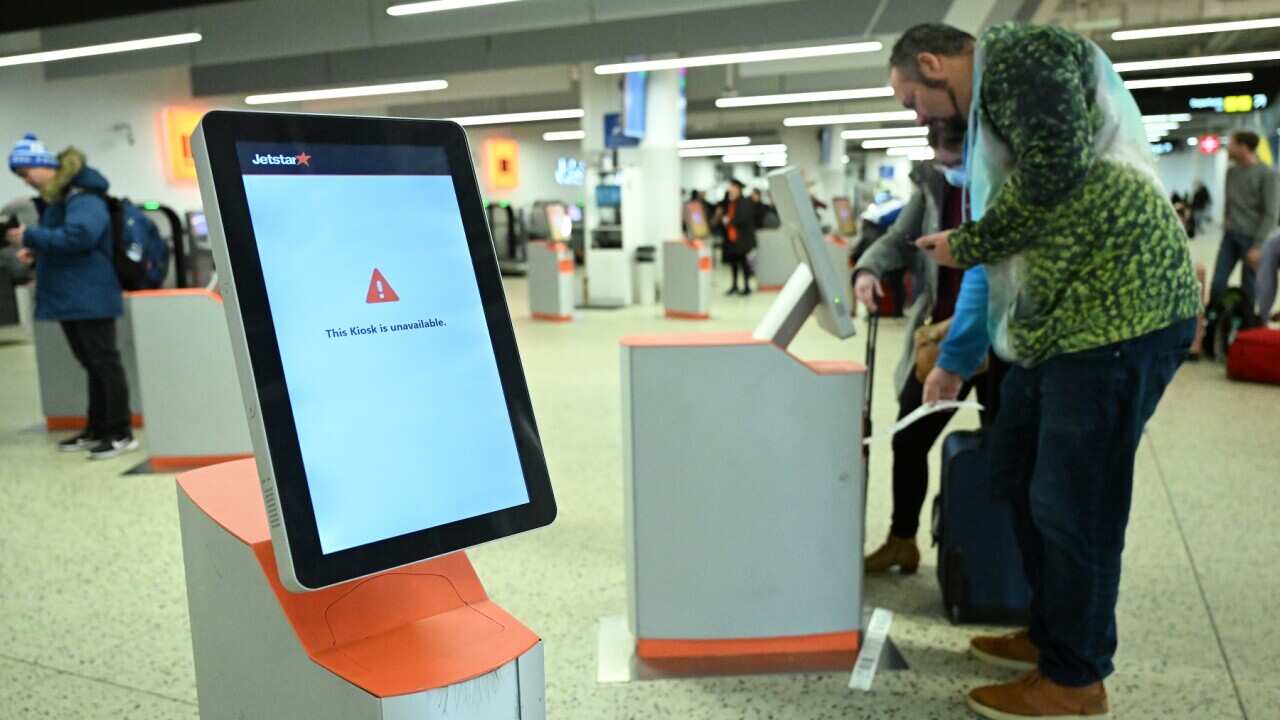TRANSCRIPT:
It was news that was a surprise to almost no-one: Sydney and Melbourne being ranked in an international study as being "impossibly unaffordable".
The two capitals were ranked in the top 10 of most expensive places to live in Chapman University’s Frontier Centre for Public Policy’s Demographia International Housing Affordability report.
New South Wales Premier Chris Minns has now announced plans to make things a little easier - at least for the state's essential workers, who will be offered rents at subsidised prices.
"Sydney is rated as one of the most expensive cities in the world. It's been continuously rated one of the most unaffordable, expensive cities in the entire planet for housing and as a result of that the government's made a decision to put a significant investment in building housing for people that work for the New South Wales government. Often that is young people who are beginning their careers as paramedics or police officers or nurses or teachers with the best of intentions giving their professional lives to public service in the state."
Planning Minister Paul Scully says the government's residential development arm, Landcom, will receive funding to purchase up to four sites to build over 400 new build-to-rent dwellings in the next three years.
"What this money will do is provide money for Landcom to identify sites to develop those units to build on the work that they're doing already with build-to-rent pilots in the south coast and in the Northern Rivers which are proving to be very successful. This is Landcom doing what Landcom does best, making sure that there's housing available for workers. It was set up and since the 70s has delivered project after project after project which has allowed 1000s of people to to get into homes."
The eligibility criteria, application details, and the exact rental subsidy will be available closer to the completion of the first project.
Chris Minns says the government will retain ownership of the housing with rental income available to help fund a potential future expansion of the program.
"A lucky few would get access to it, and that'd be great for them. But if we can reach more particularly young people, we can expand the program and effectively make itself fulfilling. I guess it's a long way of saying we don't want this initiative to stop here. We'd love to see profits reinvested into stage two and stage three of this project. That's not really possible. If we made it, for example, zero."
Meanwhile in Victoria, Premier Jacinta Allan has unveiled a plan to add 2.5 million dwellings across the state by 2051.
Every local government area will have specific targets.
Kingston Mayor Jenna Davey-Burns says councils will have discussions with the state government about what those might be.
She says many, like Kingston, have already spent years on their particular housing strategy.
"It's been a six year process [[for Kingston]]. It's taken quite a long time because we wanted to make sure that we got the consultation with our community right. Our planning team have been working really hard to make sure that we're looking at the right type of builds. And that's something that's really important to me as mayor. When we look at that increase of buildings we want to see places like this that create homes for people, that have the right light, that are built in the right locations and activity centres. So we are working really hard to make sure that we can accommodate those bigger numbers of growth."
While the details are still to be worked out, the Premier says that under the government's new draft plan, roughly two million homes will be built in metropolitan Melbourne, and another 500,000 across regional areas.
"These targets that we're releasing are in draft form because this is the start of the discussion with councils, but also with local communities about how we can look at using every lever possible to build more homes for more Victorians, but particularly in the right places."
The Premier says she wants to avoid the pressure for new housing to fall on just one region, or the outer suburbs of Melbourne.
"We know that there are spaces that can be opened up to build more homes so that young Victorians can have the opportunity to live close to family, live close to where they grew up. But we also know we need to do this because it does help to take some of that pressure off families in those big growing outer suburbs of the state as well, and of the city. Those outer growth areas are currently picking up all of the slack. That's not sustainable."
Victoria is experiencing the largest annual population growth of all Australian states.
So Ms Allan says these plans are crucial to meeting the demand that will generate.
"Victoria's population is going to grow and continue to grow significantly over the decades ahead and we need to take a long term view for that long term change that is coming to our city and state."
Jenna Davey-Burns says that people should not be worried about how those goals are going to be accomplished.
"We know that it takes time for communities to really absorb some of those bigger numbers. And I can appreciate that for some people it might look a bit scary initially, on paper. But what we're trying to do at Kingston is show that through our housing strategy we've put that growth in the right places, around our activity centres, and making sure that some of those quieter leafy streets so that people can feel that their streets are still protected. I think Cheltenham is a really great example of what we've done."





